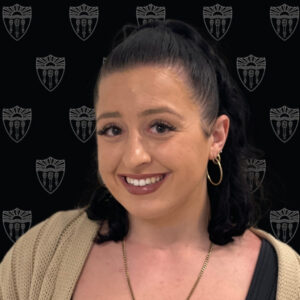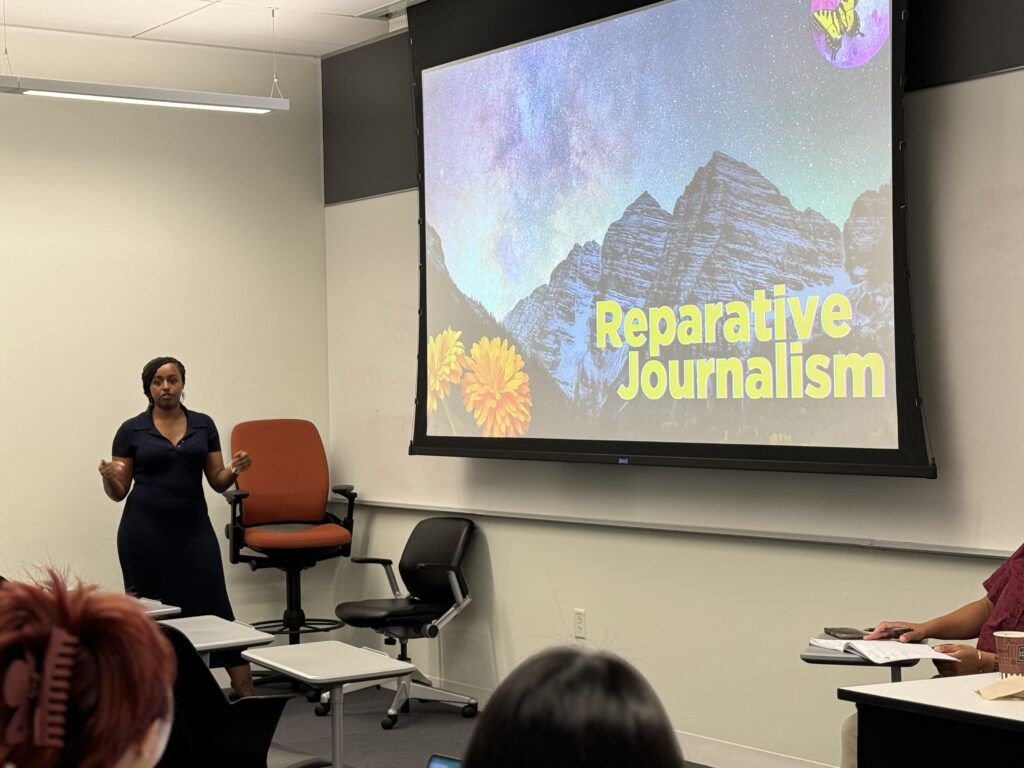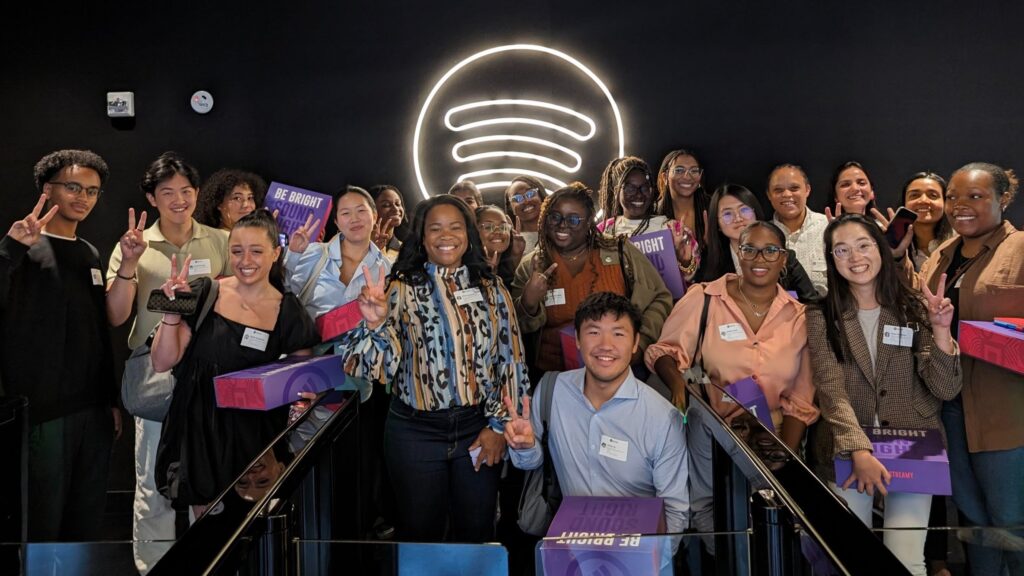New Second Draft Project course explores Nipsey Hussle’s media legacy
Dr. Allissa Richardson and Prof. Jameela Hammond come together to launch a new class that will re-examine how Nipsey Hussle’s legacy has been reported by news media.

This year’s USC Annenberg Second Draft Project class is examining the legacy of the great Nipsey Hussle, and the way the media has perceived and interpreted his life.
Each year, the class chooses an influential public figure in the media, focusing on figures who have been impacted by media bias.
This year, the class has taken on the heavy yet inspiring task of exploring the legacy of artist and entrepreneur Nipsey Hussle. The class’s purpose has been to examine how the general public media has portrayed Nipsey, focusing on how unfair coverage has impacted his reputation.
It is no secret that media bias has played a role in representation and coverage throughout history. The Second Draft Project seeks to analyze and correct unfair coverage, giving public figures a second chance at getting the media coverage — and narrative — they deserve.

In previous years, the class has focused on another notable historical figure; Malcolm X. Students enrolled in that course produced a podcast about the controversial human rights leader; just as this semester’s students will do for Nipsey Hussle.
“The Second Draft Project class was born from a desire to correct the record for individuals whose stories have been misrepresented or marginalized by the press,” Dr. Richardson explained.
She added: “This semester, I chose Nipsey Hussle as our subject because his life and legacy embody the intersection of media, community, and justice. He was more than just a musician — he was a visionary and an advocate for economic empowerment and social change. His narrative, often reduced to soundbites in the mainstream media, deserves a deeper, more thoughtful examination that my students can help bring to life.”




